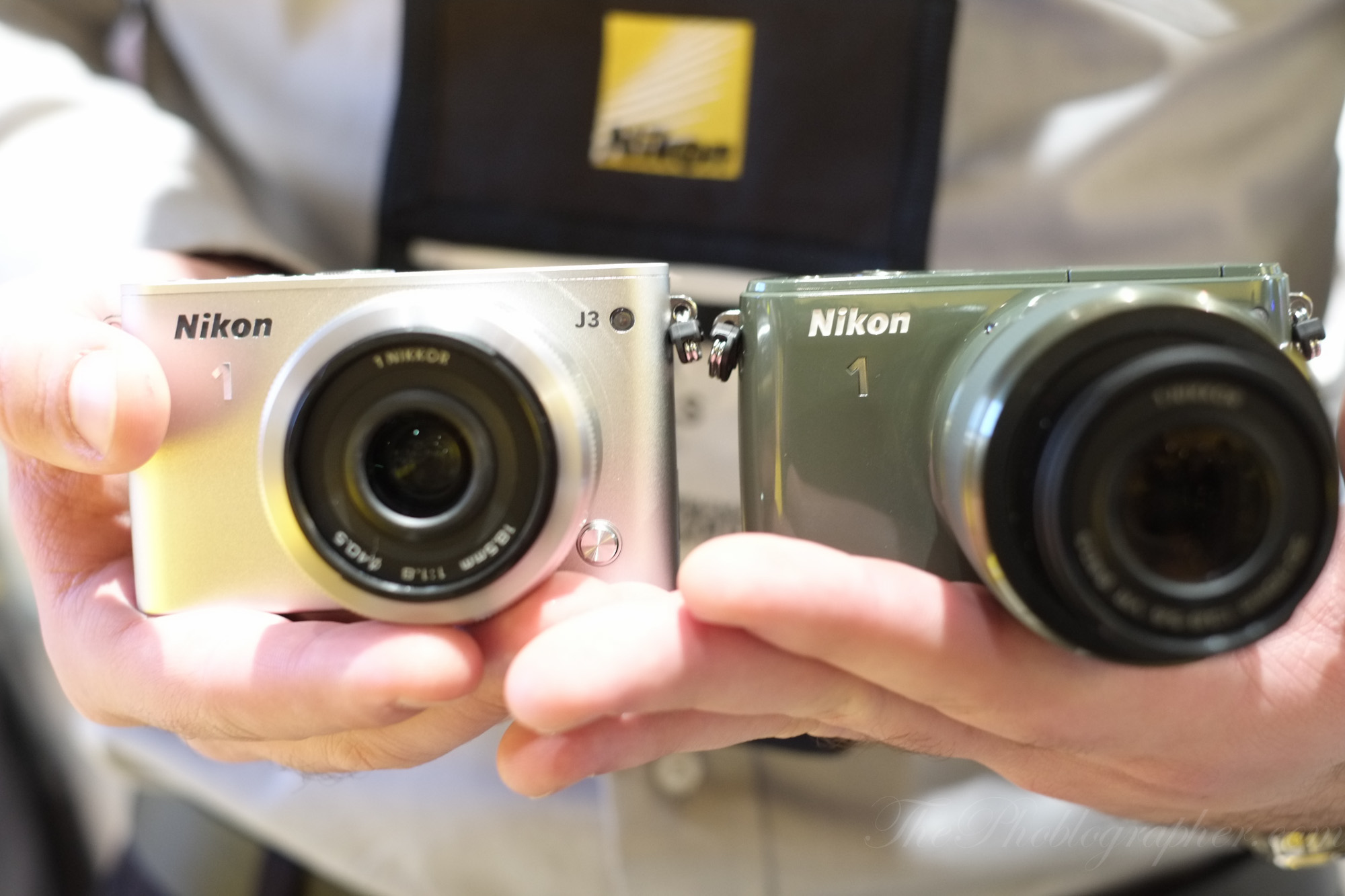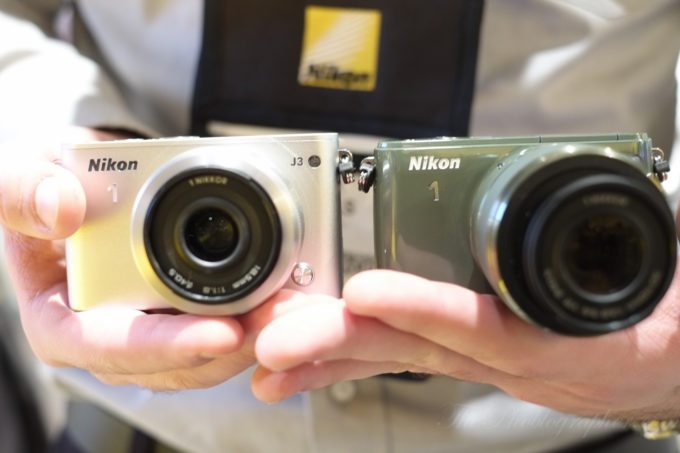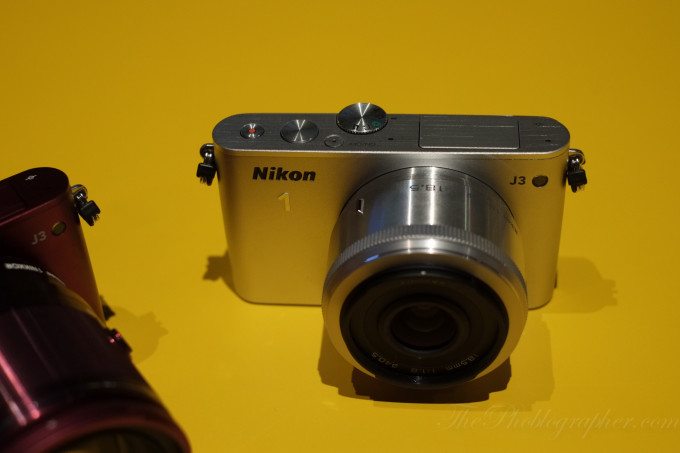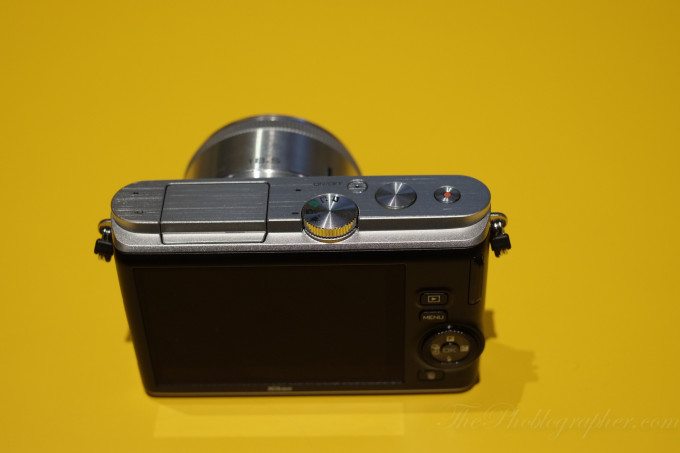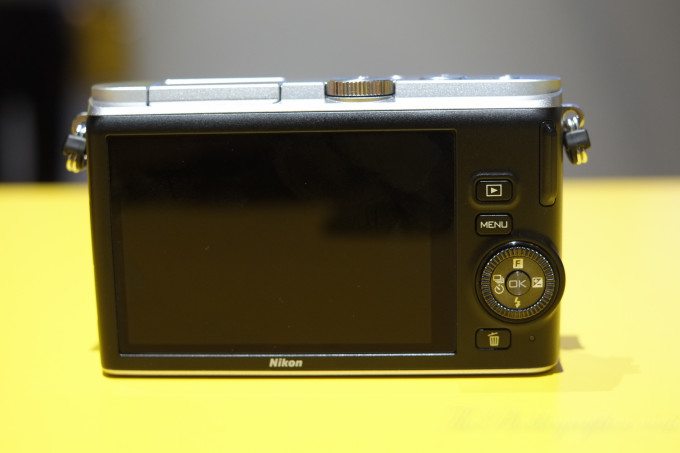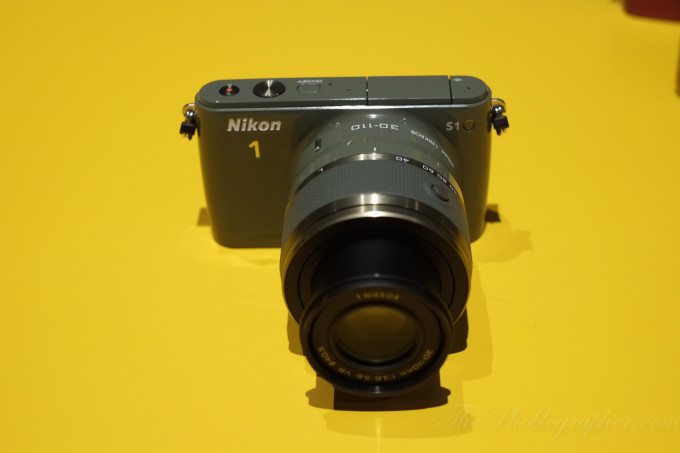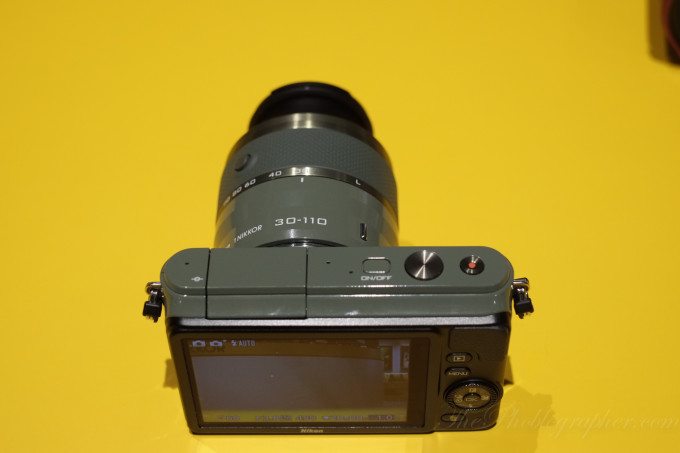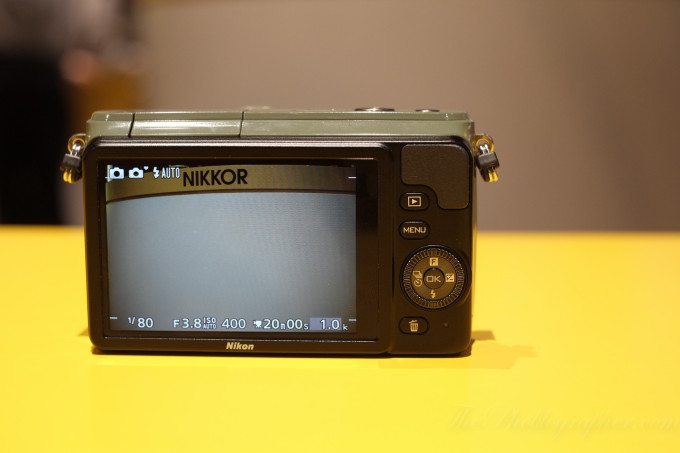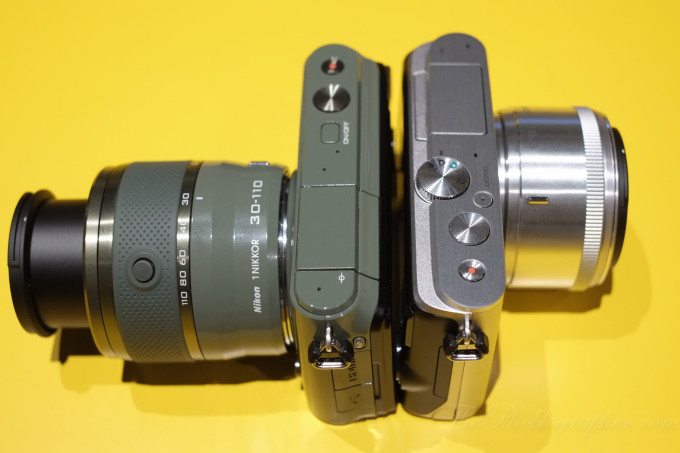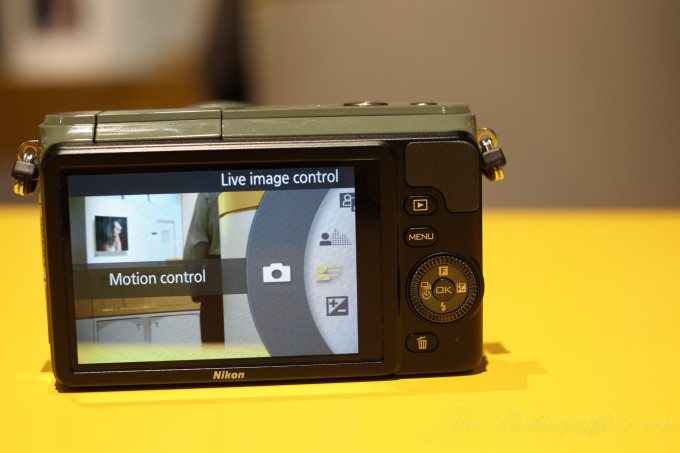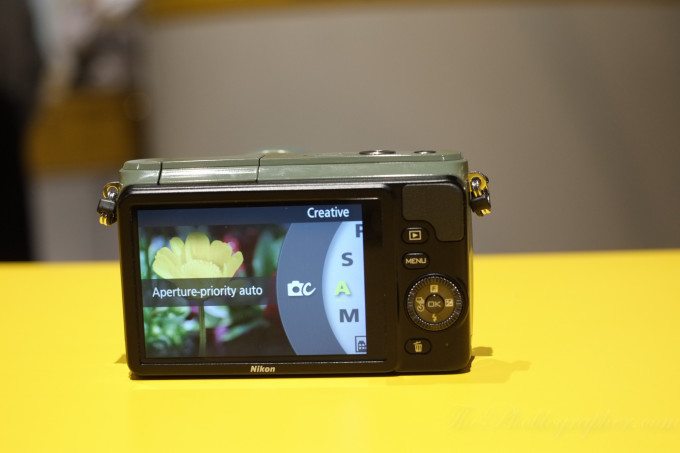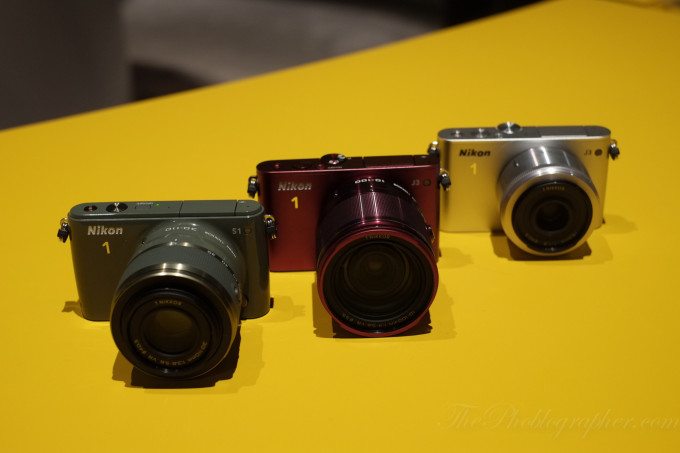Last Updated on 01/09/2013 by Chris Gampat
The Nikon J series of cameras, believe it or not, sell very well here in the US. They’re small, portable, simple to use, and they’re stylish. Our News Editor Peter Walkowiak owns one, and playing with the new J3 and S1 was an experience that was really quite intriguing. This is a fast refresh to the J series with some minor updates; and the new S1 is positioned as a brand new entry level J series camera.
At CES 2013, we were able to play with the new cameras at Nikon’s booth. From what we’ve seen so far, we’re actually extremely impressed.
Tech Specs
Specs for the Nikon J3 and S1 taken from the B&H Photo listings.
J3
| Lens Mount | Nikon 1 Mount |
| Camera Format | Nikon CX (2.7x Crop Factor) |
| Pixels | Actual: 15.1 Megapixel Effective: 14.2 Megapixel |
| Max Resolution | 4608 x 3072 @ 3:2 |
| Other Resolutions | 3456 x 2304 @ 3:2 2304 x 1536 @ 3:2 4800 x 920 @ 40:7 1536 x 4800 @ 8:25 9600 x 920 @ 80:7 1536 x 9600 @ 4:25 1280 x 856 @ 3:2 4608 x 2592 @ 16:9 |
| Sensor Type / Size | CMOS, 13.2 x 8.8 mm |
| File Formats | Still Images: JPEG, RAW Movies: MPEG-4 AVC/H.264, MOV Audio: AAC |
| Bit Depth | 12-bit |
| Dust Reduction System | Y |
| Memory Card Type | SD SDHC SDXC |
| Focus Control | |
|---|---|
| Focus Type | Auto & Manual |
| Focus Mode | Single-servo AF (S), Continuous-servo AF (C), Manual Focus (M) , Focus Lock AF Area Mode |
| Autofocus Points | 135 |
| Viewfinder/Display | |
|---|---|
| Viewfinder Type | LCD Display |
| Display Screen | 3.0″ Rear Screen Live Preview LCD (921000) |
| Live View | Yes |
| Power | |
|---|---|
| Battery | 1x EN-EL20 Rechargeable Lithium-Ion Battery Pack |
| AC Power Adapter | EH-5b AC Adapter (Optional) |
| Physical | |
|---|---|
| Dimensions (WxHxD) | 4.0 x 2.4 x 1.1″ / 101.6 x 61.0 x 27.9 mm |
| Weight | 7.1 oz / 201 g body only |
S1
| Focus Control | |
|---|---|
| Focus Type | Auto & Manual |
| Focus Mode | Single-servo AF (S), Continuous-servo AF (C), Manual Focus (M) , Focus Lock AF Area Mode |
| Autofocus Points | 135 |
| Viewfinder/Display | |
|---|---|
| Viewfinder Type | LCD Display |
| Display Screen | 3.0″ Rear Screen Live Preview LCD (460000) |
| Live View | Yes |
| Power | |
|---|---|
| Battery | 1x EN-EL20 Rechargeable Lithium-Ion Battery Pack |
| AC Power Adapter | EH-5b AC Adapter (Optional) |
| Operating/Storage Temperature | Operating 32 to 104 °F (0 to 40 °C) Humidity: 0 – 85% |
| Physical | |
|---|---|
| Dimensions (WxHxD) | 4.0 x 2.4 x 1.2″ / 101.6 x 61.0 x 30.5 mm |
| Weight | 6.9 oz / 196 g body only |
Ergonomics
J3
The Nikon J3 is one of the most minimalistic cameras that we’ve held: basically it’s an aluminum case with buttons, a screen, and a sensor inside it that can house a lens. Somewhere in the mix, there’s also a crazy processor.
The front of the camera is very plain and simple. Like other 1 series cameras, it can be turned on by simply unlocking the lens or pressing the appropriate button.
The top f the camera has a mode dial, on/off switch, pop-up flash, shutter release and a one touch video record button. The dial doesn’t include any of the more advanced shooting modes, so you’ll need to go into the creative menu to access those if you wish to use them.
The back of the J3 houses an extremely large LCD screen that unfortunately isn’t touch based. When turned on, it is also quite bright and beautiful. Next to this is a playback button, menu button, four way control dial, and a trash button.
From the way this camera was designed and when considering its target audience, people may probably never even use these controls.
Well, most people that is. Experienced Nikon users with lots of glass may want to take more control over their images by using these modes.
S1
If the J3 was minimalistic, then the S1 is…well…more minimalistic? We seriously can’t even think of a word as this camera is nearly devoid of buttons and sports a really sexy look to it. The S1 seriously took me by surprise.
The top of the camera incorporates a pop-up flash, on/off button, shutter release, and video record button. No mode dial here: meaning that Nikon is literally targeting this one at the point and shoot crowd.
Want to access other shooting modes? You’ll need to use the menu button on the back of the camera. The S1 still keeps the standards for the 1 series: the playback button, dial with directional controls, and the trash button.
And the overall package still stays quite small and what I would call purse-ready.
Build Quality
The S1 and J3 have to be some of the most solidly built mirrorless cameras I’ve held. They’re mostly metal, they’re small, they’ve got a weight that feels good in my hands, and they can probably take a beating. We’d be happy to put them to the test.
Autofocus
The S1 and J3 keep Nikon’s very fast focusing abilities. We tested the cameras with the new 10-100mm lens; and not only was the focusing speedy in the low light of Nikon’s booth, but it was also smart to choose what my subject was based on my composition of a scene.
That was refreshing; however, it still can’t beat Olympus’s focusing speed.
Ease of Use
The S1 and J3 are really just meant for you to set it and forget it; or at least that’s how I feel. However the S1 incorporates new features that make their settings easier for consumers. For example, there is motion control which slows the shutter speed down to get the blur effect that some people love. However, it is in a simple interface and easy to understand terms. There is also background softening.
This naming convention and dumbing down of terms has been common practice for a while in the industry, but Nikon is taking it a step even further.
When you get to the creative modes and go to the different PSAM settings, you’ll get a different picture displayed to help illustrate to the user what that setting can do. For example, the aperture priority will show you that bokeh is achievable.
Image Quality
We didn’t get to put a card in the pre-production units, so we can’t be the judge of image quality just yet. However, we will try our hardest to get review units in.
First Impressions
The new S1 and J3 are targeting the super-entry level crowd: and Nikon is making a very aggressive attempt at giving this target audience all of the features that they need. Sales in the US are really quite high; which I personally never expected. At CES, I’m also seeing quite a bit of them slung around journalists.
The cameras have a stellar build quality for the price point and if the sensor (which is smaller than most mirrorless cameras) can perform on par, then these cameras could be major winners.
We’ll have to wait and see.
Please Support The Phoblographer
We love to bring you guys the latest and greatest news and gear related stuff. However, we can’t keep doing that unless we have your continued support. If you would like to purchase any of the items mentioned, please do so by clicking our links first and then purchasing the items as we then get a small portion of the sale to help run the website.
Also, please follow us on Facebook, Flickr and Twitter.


